How and where pistachios grow, growing and caring for a tree at home
The pistachio tree is a long-lived plant, a decoration of a personal plot. How do pistachios grow on the territory of Russia, how to cultivate them and where can you find them? Southern trees have taken root well on the Black Sea coast, in the regions of the Caucasus and Crimea mountains. A deciduous tree with high decorative qualities, it bears delicious nuts as fruits, which can be eaten fresh or made into oil used in cooking and cosmetology.
General description and characteristics
The historical homeland of the southern trees is Afghanistan and the territory of modern Iran. Pistachio trees are common in southern Europe, where they are highly valued for the beneficial properties of the fruit. Pistachio trees are considered symbols of wealth and longevity. The plant can live up to a thousand years. Pistachio can be up to 6-8 meters high. Under favorable conditions, one plant can collect 26 kilograms of nuts per year. Belongs to the Sumakhov family.
Pistachios grow in tropical and subtropical climates. Perfectly adapted to growing in desert zones, they have a two-level root system: the main root goes deep underground and nourishes the plant with moisture, the superficial part of the root system covers a radius of 25 meters around the trunk. Thus, trees grow at a considerable distance from each other, contact with crowns is extremely undesirable.
Externally, pistachio thickets resemble a shrub forest; in conditions of life in the desert, plants consist of several trunks.
Pistachio blooms begin in spring, the inflorescences consist of two types of flowers: male and female. The crown of the tree is dense, spreading, low-planted. The fruits ripen in the form of hard-shelled nuts.
Where and how pistachios grow in Russia
On the territory of our country, pistachio trees have been grown successfully since the 18th century. The plants were brought to the Crimea, where they took root well. Now southern guests are common throughout the Black Sea coast and in the Caucasus Mountains.
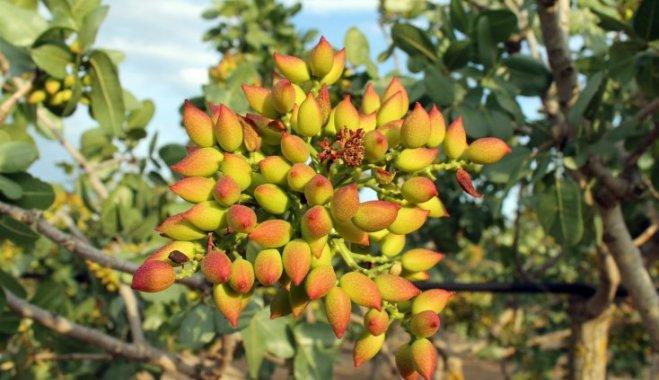
The pistachio forest is a sparse forest. Due to the peculiarities of the root system and the structure of the crown, plants grow at a considerable distance from each other. Pistachios have high decorative characteristics, for which gardeners are so fond of. They are trying to grow the curiosity in regions with a temperate climate.
Is it possible to grow a pistachio tree yourself
With data on the technology of growing southern trees in Russia, you can grow pistachios at home or in your garden. The southern regions of the country are preferred. Trees place high demands on daylight hours, illumination and ambient temperature. They do not tolerate severe cold winters, frosts and sudden temperature changes.
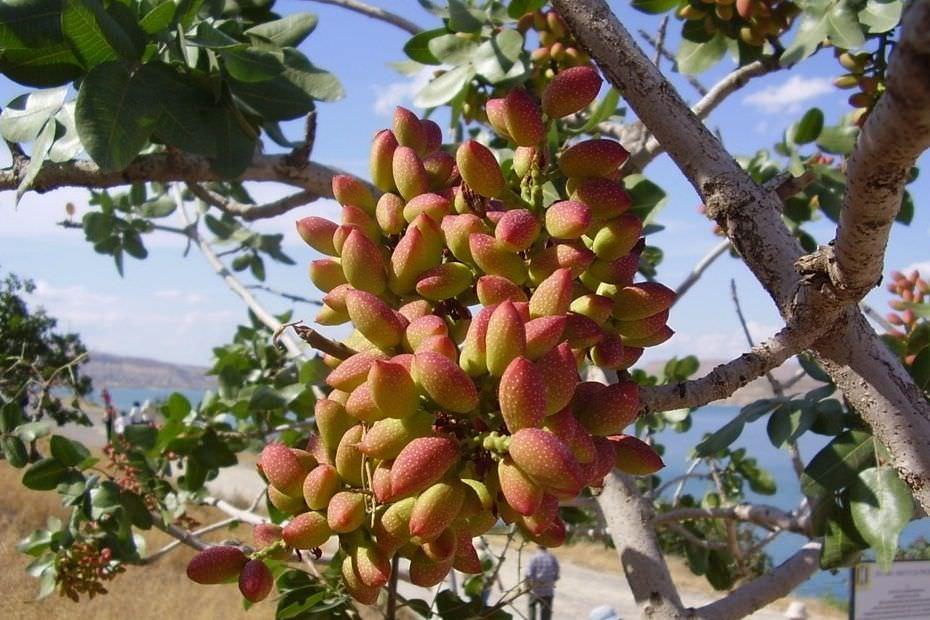
The decorative option can be grown at home, on a windowsill. Typically, these plants are obtained from seeds, although pistachios are easily propagated by cuttings.
How to grow a pistachio tree at home
To get a sprout of a southern tree at home, you must:
- Take ripe nuts and soak them in warm water along with the shells (fruits from the grocery store will not work).
- You can add 1 drop of iodine or brilliant green to the water.
- After 10 days, plant the swollen seed in a pot with sandy soil and drainage.
- Cover the container with a glass jar or film cover.
- It is necessary to moisten the ground regularly, avoiding overdrying of the soil.
Young shoots are very delicate, fragile. They must be transplanted to a permanent place very carefully and protected with additional shelters from the sun and wind at first. It is difficult to determine the sex of such seedlings.

Healthy, strong seedlings can be purchased from botanical gardens and specialty stores, or by trying to root a twig from an adult plant.
Preparation of containers and soil
A mini version of the home-grown pistachio tree is planted in deep pots. The presence of drainage in the form of small stones at the bottom is required. The soil should be sandy with the addition of a complex of mineral fertilizers. The soil and container must be disinfected by treating them with a solution of potassium permanganate or scalding them with boiling water. It is important to choose the warmest and most well-lit place, it is necessary to maintain high humidity.
How to choose and where to buy
The botanical gardens offer for sale seedlings of pistachio trees of various varieties. The plants are already strong and ready to be transplanted into a permanent place. When choosing planting material, you should pay attention to:
- On the color of the leaves: they should be rich green, without spots and signs of disease.
- The trunk must be strong, free of build-ups and cracks.
- The pot must contain the name of the plant variety and the growing region.
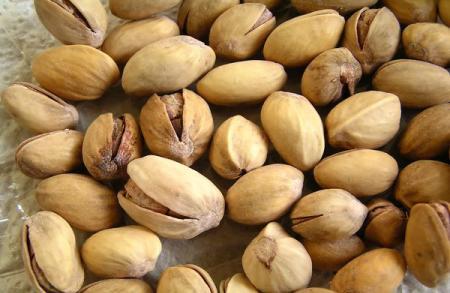
Healthy seedlings purchased from reliable, trusted stores take root easily and require less care than seedlings grown from the fruit at home.
Planting and germinating a nut
It is not so difficult to get a sprout from a fruit, it is important to plant it correctly. The roots of pistachios go deeply down at the same time and cover a large radius of the root circle, so the container should be both deep and wide, respectively. This must be taken into account when planting a plant.
Drainage must be installed without fail, the plant has a genetically incorporated feature to extract moisture from the depths of the soil.
Further care
Heat and light are important parameters for the life of pistachios. In summer, the pistachio pot can be displayed on the veranda or balcony. There should be no drafts. In winter, the warmest room is selected for the plant; pistachio has weak frost resistance.
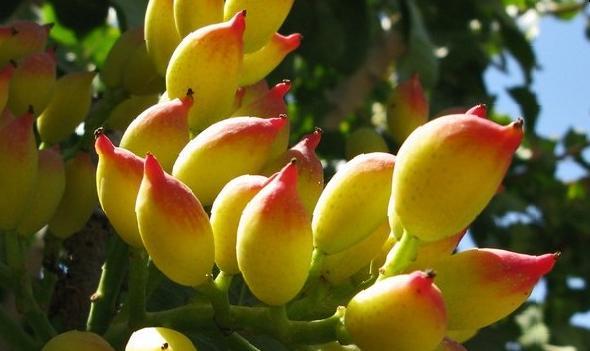
Pistachios must be regularly looked after and monitored so that the tree does not become waterlogged by excessive watering.
Watering
Sandy soil with drainage - ideal conditions for pistachios. Watering should not be frequent, otherwise the tree will get sick, the roots will begin to rot. When caring for a southern curiosity, you must remember that the birthplace of the tree is the desert. Once every six months, a pistachio tree can be given a "shower" or the leaves can be wiped with a cloth soaked in warm water.
Top dressing
A lover of drought and heat does not really need feeding. It is enough to slightly loosen the soil under the plant and water it with a liquid complex of mineral-organic fertilizers 1-2 times a year.
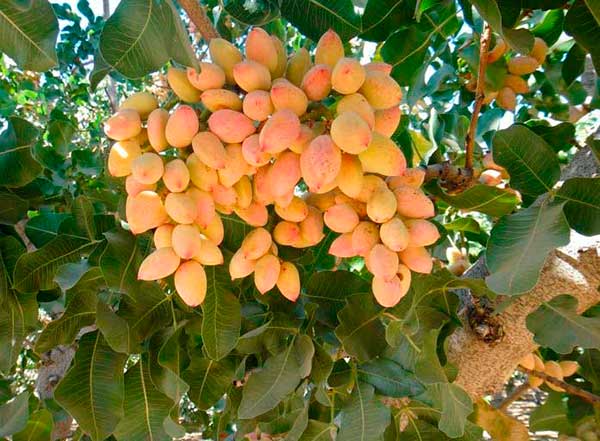
To refresh the color of the leaves and tone the stems, the southerner is sprayed with an aqueous solution of brilliant green at the rate of 2 drops of the product per 1 liter of water. This technique is a preventive measure against diseases.
Diseases and pests
Pistachio trees have strong immunity and, with proper care, practically do not get sick. A factor that can cause fungal diseases is excessive watering, first of all, the root system of the plant is affected.
Home-grown pistachios are susceptible to pests such as scale insects. In this case, it is advisable to apply insecticides: "Iskra", "Aktara". When dealing with pests, it is recommended to remove 2-3 centimeters of surface soil.
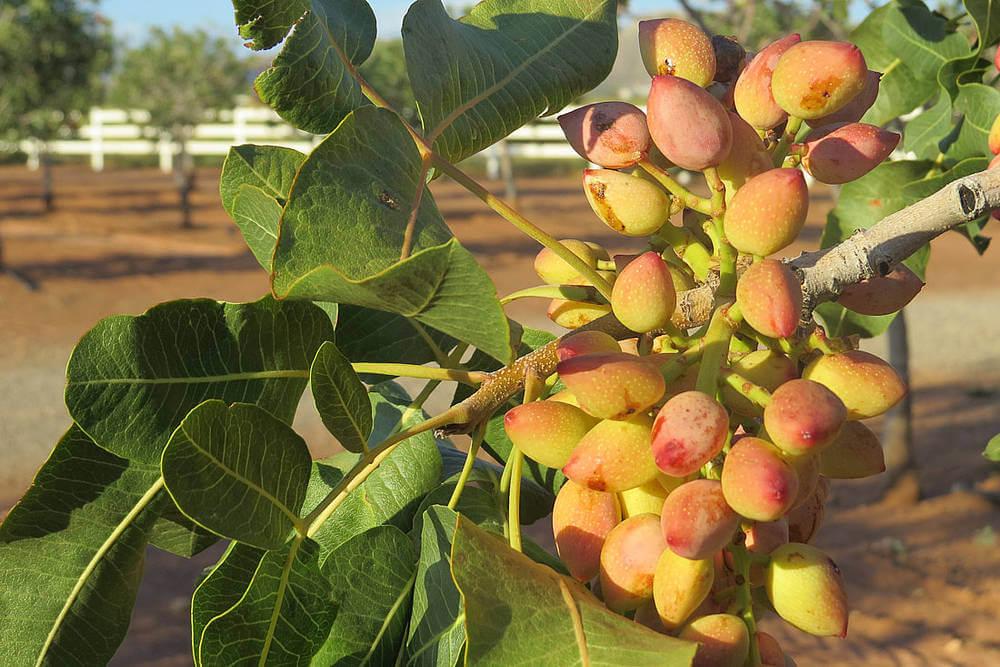
For fungal diseases, spraying with fungicides is used and wood ash is sprinkled on the near-trunk circle.
Features of collecting and storing the pistachio crop
Fruits from pistachio trees are harvested in autumn. Nuts are covered with a dense shell - a shell. This protective coating ensures long-term storage of the harvested crop.
How to save the harvest, nuances and storage rules:
- At home, dried nuts should be stored in sterilized containers with a lid in a dry room at a temperature of +18 FROM.
- When laying the crop for storage, spoiled nuts are removed.
- The fruits can be frozen and stored in the refrigerator, in this case they are peeled from the shell.
- Pistachios that have become moldy during storage should not be eaten.
- You can use salt to increase the shelf life of shelled nuts.
Fruits without a protective shell are stored for 2-3 months, in the shell, the shelf life increases to one year. It is important not to allow light and humidity to enter rooms and containers where nuts are located.
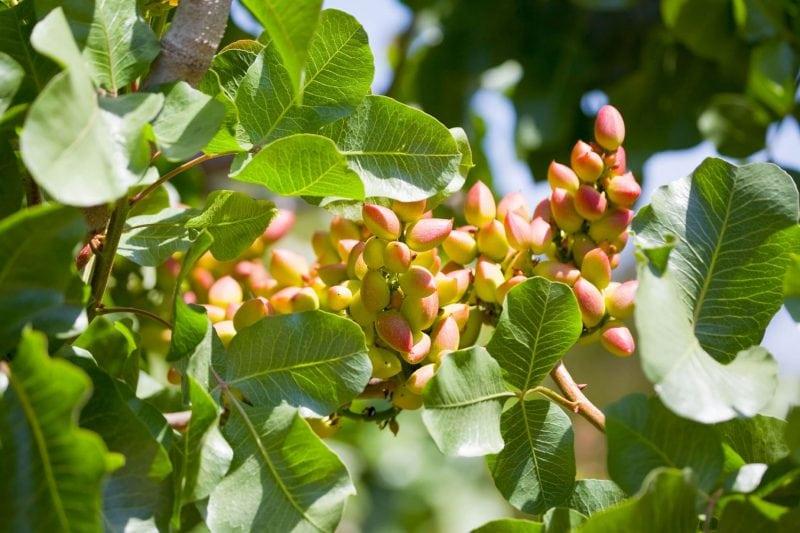
Decorative possibilities of the tree
Pistachio plantings are used for decorative purposes and as a decoration for urban landscapes. Thanks to the original spreading crown and curved trunk, the tree will become the highlight of a summer cottage or a personal plot.
Florists use the branches and flowers of plants to create bouquets and flower arrangements. The fruits ripen in the form of peculiar bunches, look unusual and immediately attract attention. Chinese pistachio is excellent for decorative purposes of cultivation in Russia.
Growing a pistachio tree is a laborious task. But the result will be a pleasant surprise. A beautiful outlandish tree will delight the eyes of a happy gardener every day and will adorn the surrounding landscape. Harvesting delicious valuable nuts will be a pleasant reward for the work done.

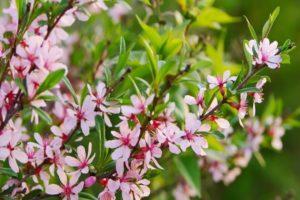
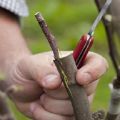
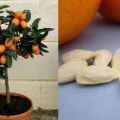
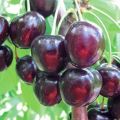



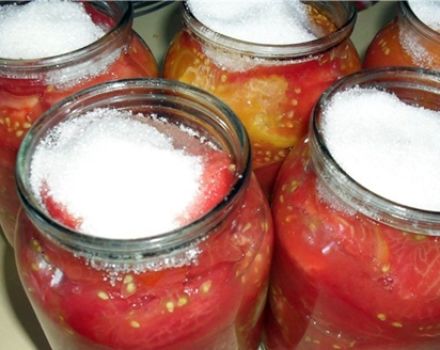
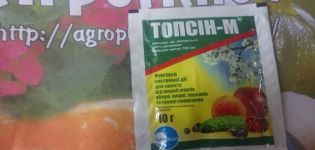
I really like these nuts, I would not refuse to grow a pistachio tree on my site, it is a pity that I do not live in the south of the country. In my climatic conditions, this will not be possible.
I purchased a pistachio tree sapling online on October 8th. The plant was sent so small, 15 centimeters with 7 leaves. I do not know what to do. I don't think it's worth planting it in the garden now. Can you plant it in a pot and plant it in the garden in the spring? I live in Donetsk. According to the recommendations of the Agro-market, this tree can grow on the territory of Ukraine.What size pot should I use? If possible, advise? I will be very grateful, and I really liked the article!
Good day. Oh and Agromarket! And they didn’t tell you when selling that pistachio is a dioecious plant? Easier - you need to buy a male and a female plant. Fruits are formed on female plants. On larger seedlings, they can plant a pollinator branch directly into the crown. But your seedling is small, so this option disappears. By the way, ask them about this. Write later what they answered. Probably, they will start telling fables about self-fertile varieties)))
Now in more detail on the question. There is little information on its cultivation on the territory of both Russia and Ukraine. And Agromarket sucked his article out of thin air solely for the sale of planting material, without specifying what and how it really is. There are known cases of freezing of seedlings in Bakhchisarai (Crimea). But, in theory, an already well-developed plant can withstand frost down to -30 C degrees.
By the way, in the south of Ukraine the first large pistachio plantations have already been laid by farmers. So you should try it.
Now again on your question - yes, it is better not to risk planting in open ground. Now tell me - what is the size of the seedling pot? And in what condition is the root? Well developed? After answering, I can give you further recommendations.